Search engine optimization (SEO) is the process of making a website easy to understand for the readers and the search engine robots. It is the most important notion of Internet marketing. It is the deciding factor for ranking any website in the search engine.
Content optimisation is the process of updating and improving your content to make it reliable and trustworthy for users and increases your search engine rankings. Optimizing content results in turning readers into customers and attracts more organic traffic. The following article will explain how to optimize content for SEO.
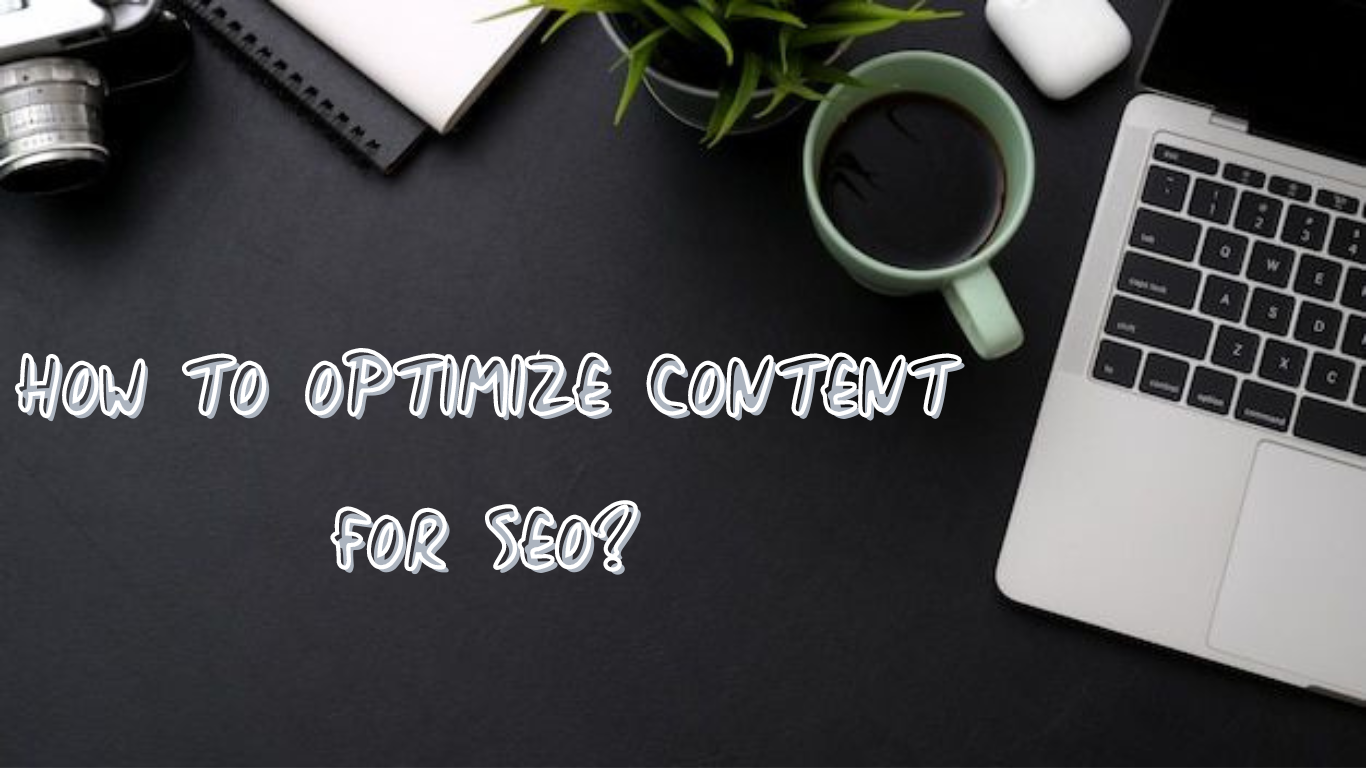
Page Contents:
Types Of SEO
- On-page / On-site SEO:
Any alterations are done to your site’s visible content so that the search engine appraises the page reliably for the user in response to their search intent. The following elements are updated to improve on-site optimization content of the page, Keywords, Title and headings, Page’s URL, Images.
- Off-page/off-site SEO:
Any actions taken off the website as an effort to increase search engine ranking. The primary off–site activities include building backlinks, encouraging branded searches, increasing engagements through appealing content, and social media promotion.
- Technical SEO:
Technical SEO is everything done to improve the technical aspects of the website. It is a part of on-page SEO as it works for a better site visit experience. Consequently, working as a backend system. The major actions of the technical SEO are making a website run faster, improving servers, to construct easy-to-access URLs for search engine crawlers.
WORKING OF SEO
Search engines like Google have search crawlers who constantly scan, gather, and categorize webs and add them to their index. When anyone searches for something, results come from these indexes, not the websites themselves. Google uses algorithms for ranking any website.
Further showing the result of the query asked, it analyses the user’s activity and hence decides whether the audiences are satisfied or not by the content of your website. Thus, ranking the websites based on the response of the audiences.
Steps for optimizing content for SEO.
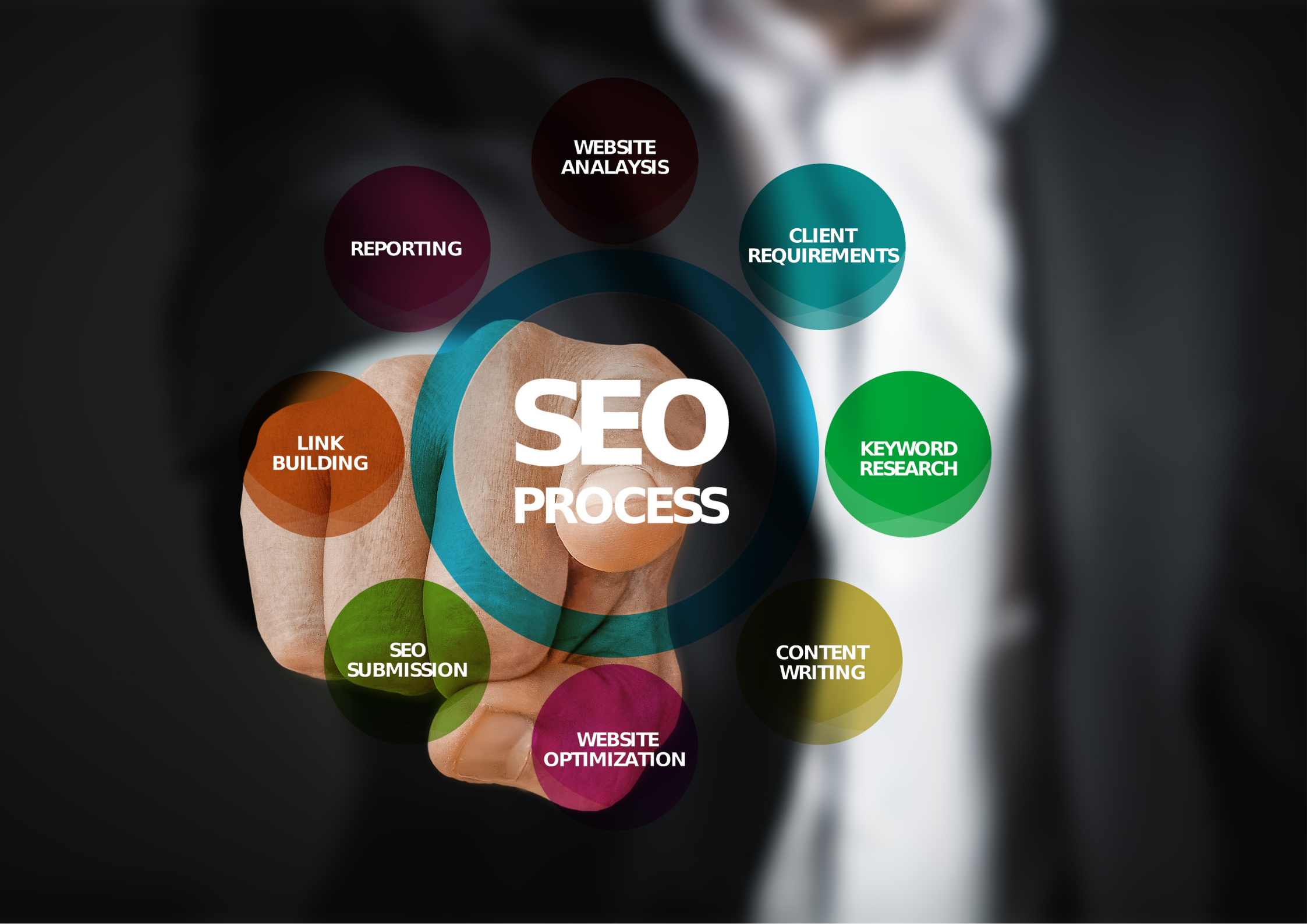
- KEYWORD RESEARCH :
Known for whom you are creating; about what your audience wants to know; you need to know about the search trends for the topic you are posting; consider the synonyms of the key search words.
For example,
When you search bulk SMS on Google;

Everything related to bulk SMS appears. Some words are highlighted. Those are the keywords related to your search intent. You should know the possible related words such as marketing, SMS, bulk, SMS services, etc. Keywords are now the most important part of content.
HOW TO DO KEYWORD RESEARCH?
- Make a list of all the important and relevant topics based on your knowledge about your business. You should know all the queries possible about the topics on your website.
For example, if a company like Fast2sms provides bulk SMS platforms, you must have general topics like SMS marketing, bulk SMS, DLT system, etc. - All you need to do is fill these topics with the keywords which you think are important and can be used by searchers. For example, API for bulk SMS, DLT services, SMS marketing, automated voice calls marketing, etc.
- another important step is understanding how search intent affects the keywords search and analysing accordingly. Intent also navigates the direction of your article and brings face value to it.
- If you cannot think about more keywords, you can look at the related search terms and use them as keywords.

- Keywords research tools are free online, making keyword research easy and effective. Some of these tools are Ahrefs, SEMrush, Ubersuggest, and free keyword research tools.
Keywords can be divided into three categories :
- Long-tail keywords: They are combinations of several terms. For example, “best bulk SMS platforms in India.”
- Fat-head keywords are short keywords containing only one or two very general terms. They have high search volumes. For example, bulk SMS, text marketing, etc.
- Chunky-middle keywords: These can also be called middle tail or board match keywords. They exactly specify the search intent of the reader.

Write High-Quality Content
The quality of content is the basic part that decides the website’s ranking. Content should be well-founded and easy to understand the content. Use keywords but do not overload your content with too many keywords.
No one likes to read the same words over and over again. It may negatively affect the content quality and result in a lower ranking on the search engine. The content should be natural and self-explanatory.
Content should answer the searchers’ questions and educate them about the topic effectively. The content should be conversing and attractive, which ensures the revisit of the readers and turns readers into customers.
Using images and videos enhances the content quality and gives an elaborate view of the topic. The headings and titles must be engaging and eye-catching to grab the targeted audiences. The content should be fascinating enough to make the searcher read the article further. Reviewing and rechecking ensures the quality of the content.
Understanding Crawlers
The web crawlers are responsible for your website’s ranking on any search engine. In a way, crawlers are a robotic team of inspectors and organizers. They collect the data and inspect it. The inspection is done by visiting all your web page’s internal and external links.
Once your website is crawled, then these crawlers index your website according to the content available. This process is called indexing. For acquiring a rank on search engine indexing is required.
The crawlers rate the website in the index based on several algorithms. Each search engine has its criteria and algorithms. Your website should be crawled at least once and indexed to be ranked in search engines. For example, Amazon has Amazon bots as crawlers; Google has Google bots as search crawlers.
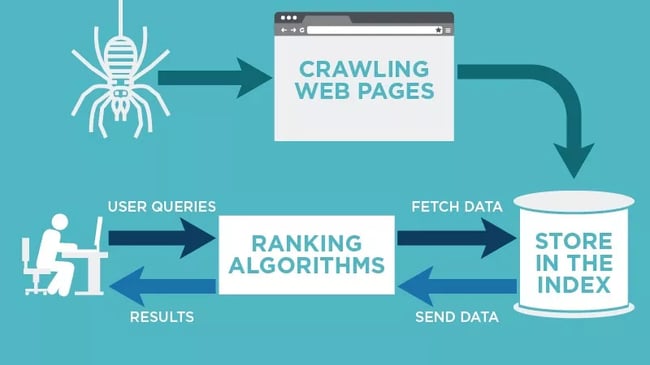
Website URLs Links And Codes
- The URLs should have a crisp structure which should be convenient for crawlers. It helps in making an SEO-friendly website. Search engine crawlers use the URLs to categorize and index the websites. The URLs must have the target keywords, making it easy to understand the page’s context.
- Anchor texts contain links directing’s to some other section of the website; such links can also have keywords making the crawlers understand the content better and increasing our SEO ranking.
- Internal links also help explain the topic effectively and create a web of interconnected content through hyperlinks. These hyperlinks can be added to the webpage’s text, images, and buttons.
- Codes of the websites directly affect the SEO performance of the websites. Different languages are used for coding and programming; the common ones are HTML, JavaScript, and CSS. These languages need to be organized well enough to prevent the slow speed of loading a website.
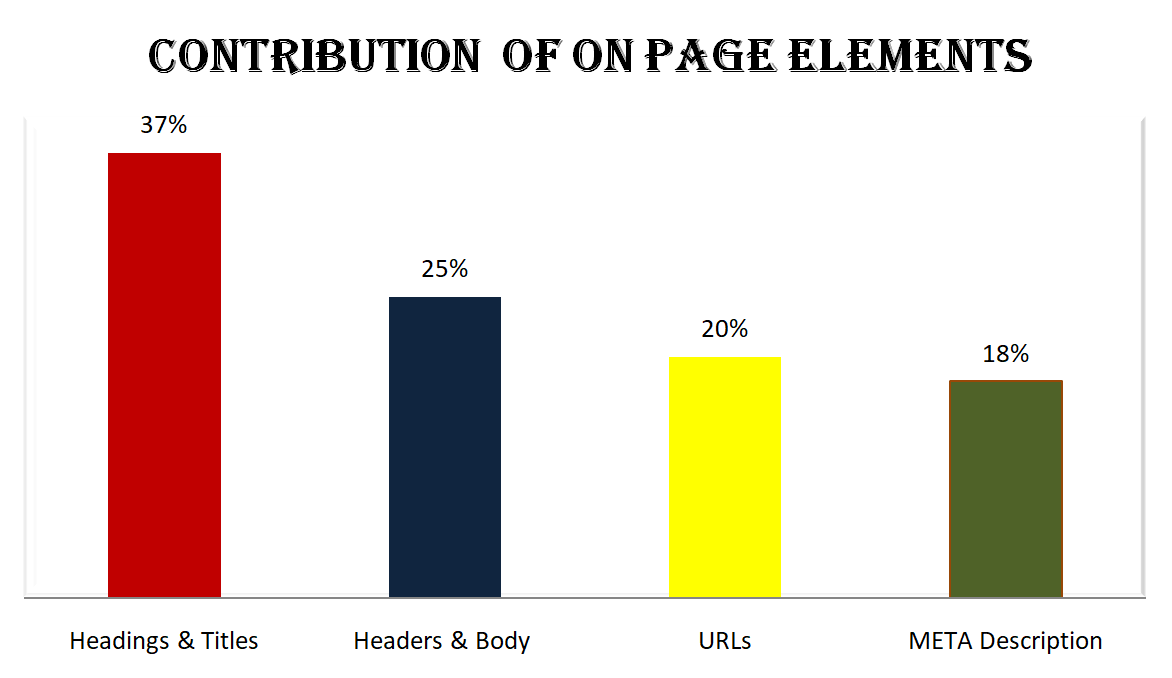
Optimize Images
Large-size unoptimized image slow down the pages’ loading speed and negatively impacts the reader. Optimized small-size files make the web page load faster. The JPEG image format is more SEO-friendly than the PNG format.
The foremost part of image optimization is the size of the image file. Try to save images less than 100 kb in size. It will increase the image ranking of the website.
Make sure that your image has a proper file name and should have the targeted keyword. It helps search engine crawlers recognize the image content and higher SEO ranking on the search engine result page. You can also use decorative images that have no meaning related to the content but enhance the presentation.
For example, borders, background images, watermarks, etc.
Tools that can be used for image optimization: compress now, JPEG optimizer, tiny PNG, optimizila, image recycle
Technical optimization:
Technical optimization directly affects the performance of the website. The operations which can be carried out to improve the technical optimization are as follows:
- Submitting your site maps to Google:
Submitting sitemaps improves SEO performance. It ensures that the search engines have the latest version of your website. The adjoining figure shows how sitemaps looks like
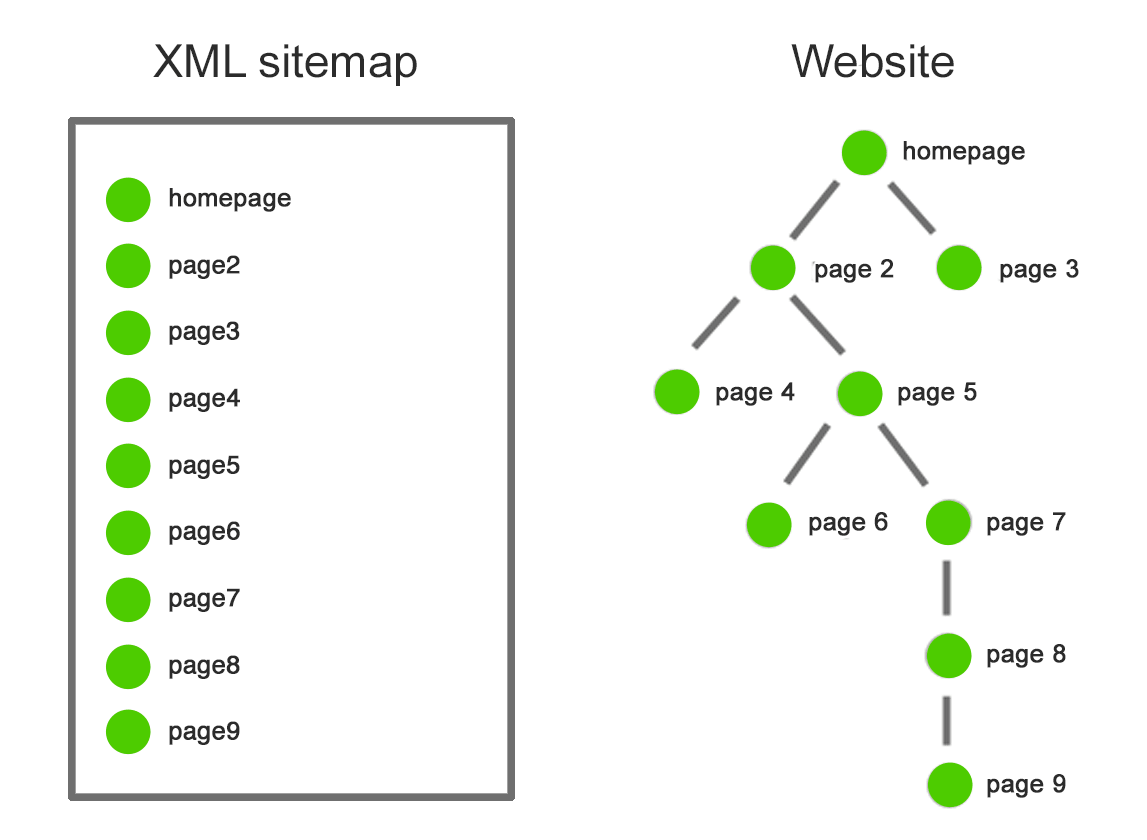
- Creating an SEO-friendly structure of the website:
Creating a structure that is arranged in such a manner the general pages with optimized URLs appear first and then the specific ones. Specifically, it forms a web tree structure.
- Improving your website speed:
Page loading speed needs to be monitored regularly. By reducing and optimizing different file sizes. Conducting Google lighthouse auditing. Checking page speed insights of each page of the websites. Limiting and controlling unwanted links.
- Making the website mobile friendly:
This is the generation of smart mobile phones. There are 6.8 billion smartphone users worldwide. Therefore, your websites must be mobile-friendly. In such cases, if your website does not adopt mobile friendly version, you will miss out on conversions. A mobile-friendly website will increase your reach and could serve a wide range of audiences.
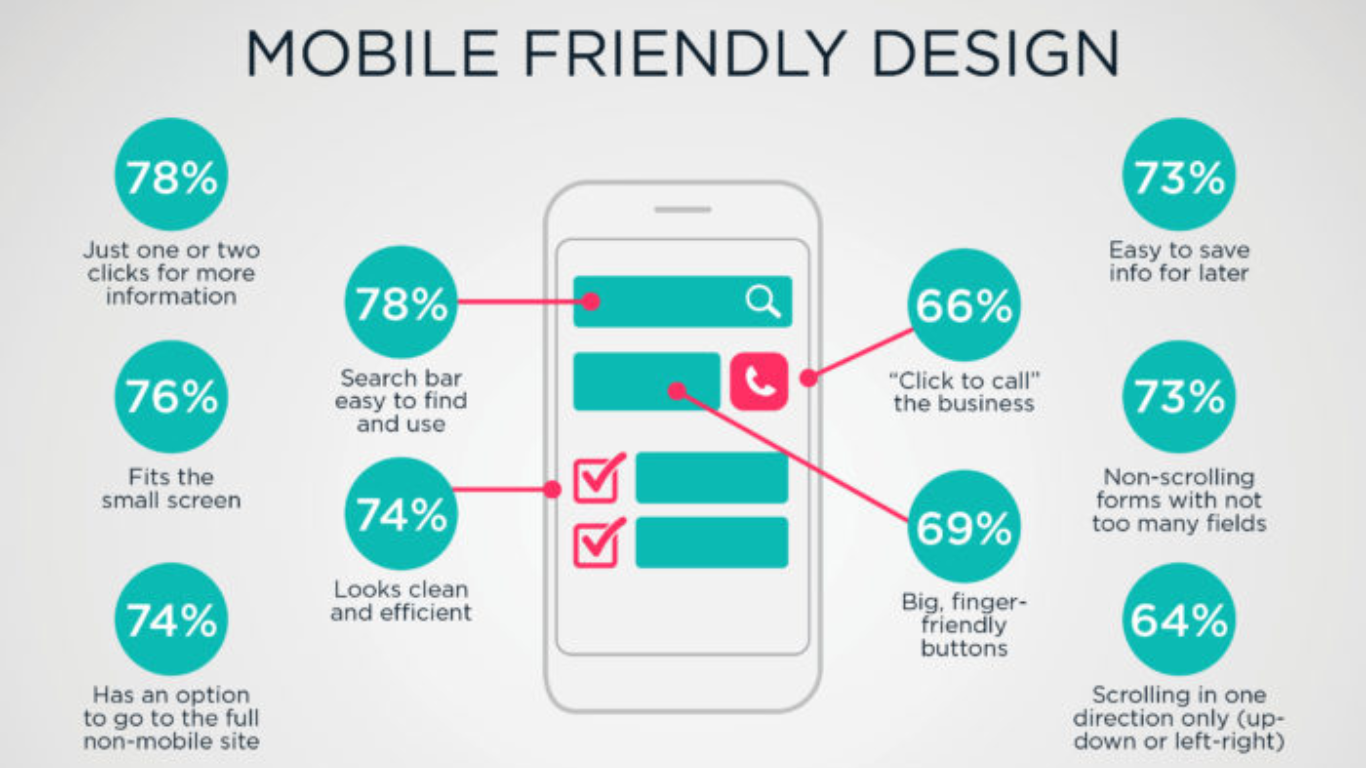
- Finding and fixing duplicate content issues:
Content that is exactly the same or mostly similar to that of other pages should be avoided. This confuses the search engine and also the readers. Fixing this makes your website different and unique.
- Use of header tags:
Using header tags <h1> to <h6> enhances your presentation and highlights keywords. The most effective tags are<h1> and <h2>.
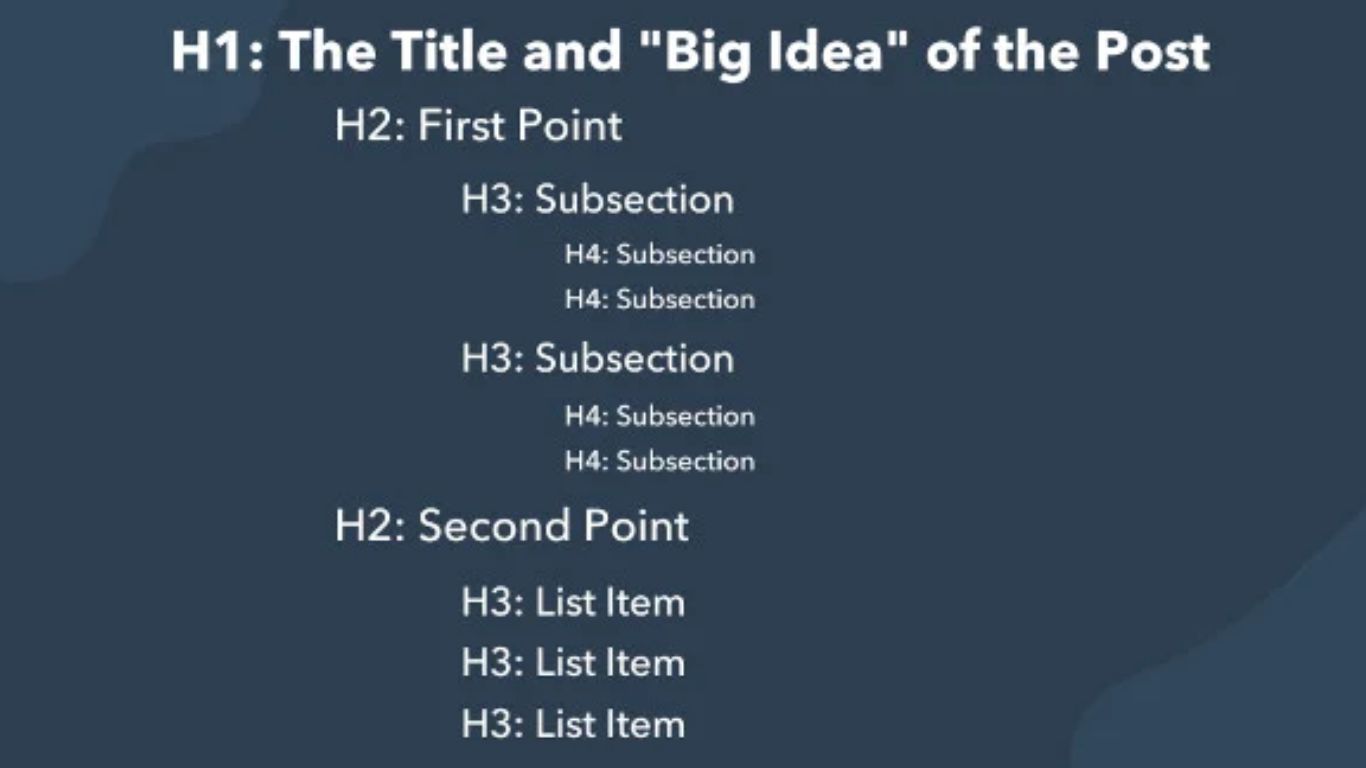
Promotion
There is no business without promotions. Promotions are important in reaching a wide audience and standing different from your competitors. In addition, promotions are an inexpensive and effective way to generate organic traffic on your website.
Analysis of the niche of your website to understand your audience’s demand. These will help to create a better promotion strategy. Analyze the audits of the competitors who are higher in position on search engines.
Pay attention to the current promotions trends according to your content and apply them effectively. Conducting regular feedback surveys and creating video groups profiles increase your social presence and improve your SEO ranking.
Use Of Google Tools
Google provides many free tools to monitor and improve your SEO performance. Some of them are:
1. Google Console:
This free tool can monitor and improve your website performance. It provides information about indexing status, search traffic, and technical auditing SEO. The most useful features of Google Console are:
• Page indexing status: this shows how much of the page is indexed on the search engine.
• Crawler’s stats: this gives information about the crawler’s activity on your web page.
2. Google Analytics:
Google analytics is also a free tool that tracks and reports the traffic activity on the website. The tools’ main features are generating reports on user behaviour and SEO metrics. The main features of Google Analytics are:
- Reporting: It provides real-time reporting of acquisitions, engagements, customer interaction, etc., which helps to predict user behavior.
- Data collection & management: Google Analytics collects, analyzes and organizes your data. It runs deep custom analyses to fit your business needs.
- Advertising workspace: Google Analytics understands your media’s investment returns and suggests you the best budgets, allocations, etc.
- Integration: it saves time by efficiently working with other tools and partner products to give the best results.
3.Keyword planner:
Many website developers use keyword planner for keyword research as it plays a major role in optimizing your website. For example, I am selling dog food, so I want to know what other terms people use for searching. The keyword planner shows the trends and usage of the words used for the search, like the following image.
4. Google business profile :
Google business profile allows you to manage your online presence across Google and improves the website’s online visibility. It allows keeping your website up-to-date by regularly updating general information about your business and increasing your local SEO rankings. The other features are:
• Customer reviews: a positive review from satisfied customers helps build your online reputation. The responses to negative reviews add a human touch and resolve your website problems.
• Google post: This feature lets you keep in touch with your customers regularly by posting updates, offers, etc.
• Insights: this helps to monitor and check your website progress. the interaction status and repose of the audience
5. Page speed insights:
This tool is useful for technical optimization based on real-time and lab data. It reports your website’s overall performance and suggestions to improve your SEO ranking.
The E-E-A-T Guidelines
- E-expertise: having a high level of knowledge about the topic
- E-experience: experience in delivering educative content within the precise form
- A- authoritativeness: It refers to the overall reputation of the industry
- T-trustworthiness: all the content should be reliable and trusted. Quality checkers should focus on the source of the content and should be sure about what you are posting on your website.